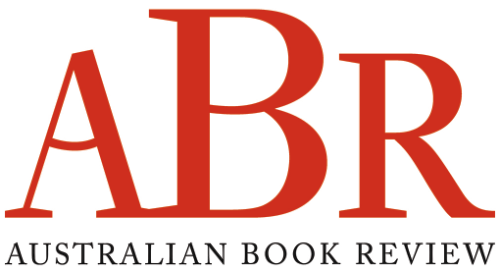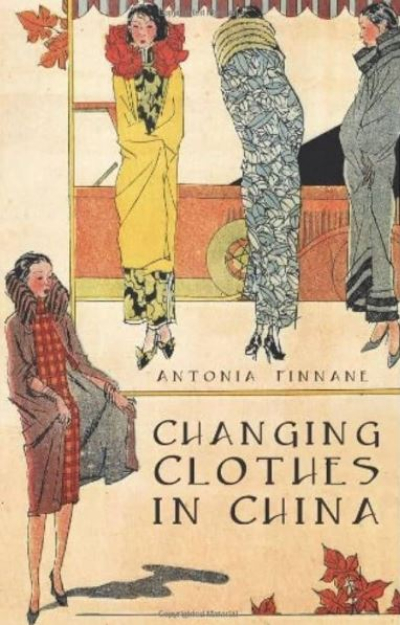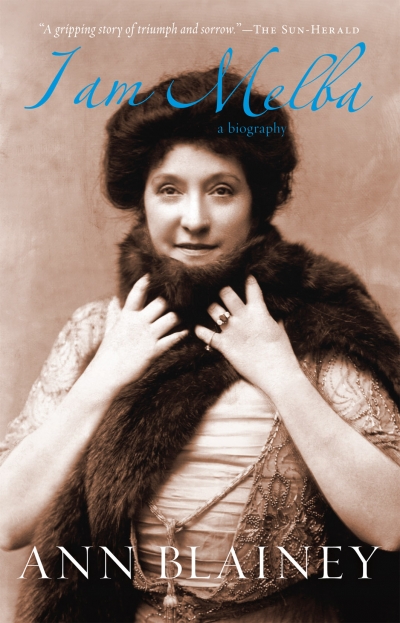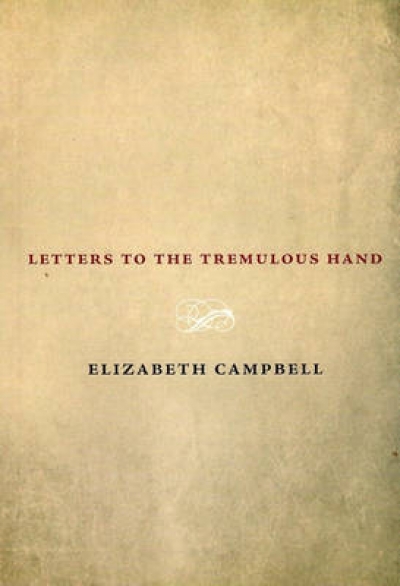Accessibility Tools
- Content scaling 100%
- Font size 100%
- Line height 100%
- Letter spacing 100%
Archive
Changing Clothes in China: Fashion, History, Nation by Antonia Finnane
by Gloria Davies •
Drawing the Global Colour line: White men’s countries and the question of racial equality by Marilyn Lake and Henry Reynolds
by Warwick Anderson •
Australian Book Review has been in a sombre mood since April 8, having lost one of its great friends and contributors. It had been clear for some time that John Button’s condition was grave (he was diagnosed with pancreatic cancer late last year). Just four days before his death, he resigned from the ABR board with customary punctiliousness. ... (read more)
Destined to Live: One woman's war, life, loves remembered by Sabina Wolanski (with Diana Bagnall)
by Yossi Klein •
Letters to the Tremulous Hand by Elizabeth Campbell & Man Wolf Man by L.K. Holt
by Maria Takolander •
The Secret War: A true history of Queensland's Native Police by Jonathan Richards
by Russell McGregor •
The Three Trillion Dollar War: The true cost of the Iraq Conflict by Joseph Stiglitz and Linda Bilmes
by Hugh White •









